Love intrigues and conspiracies, historical events, great costumes of the heroes and interiors of the palaces, as well as the perfectly chosen cast provided him with an incredible success in the audience around the world.
The series is based on the real events of the 16th century, taking place in the Ottoman Empire during the reign of Sultan Suleiman magnificent, describes his relationship with the supervision of Hurrem and the history of his family and children. The actors playing the main roles perfectly coped with their task and gained nationwide love. But were the real historical personality described in the series?
Khurem Sultan
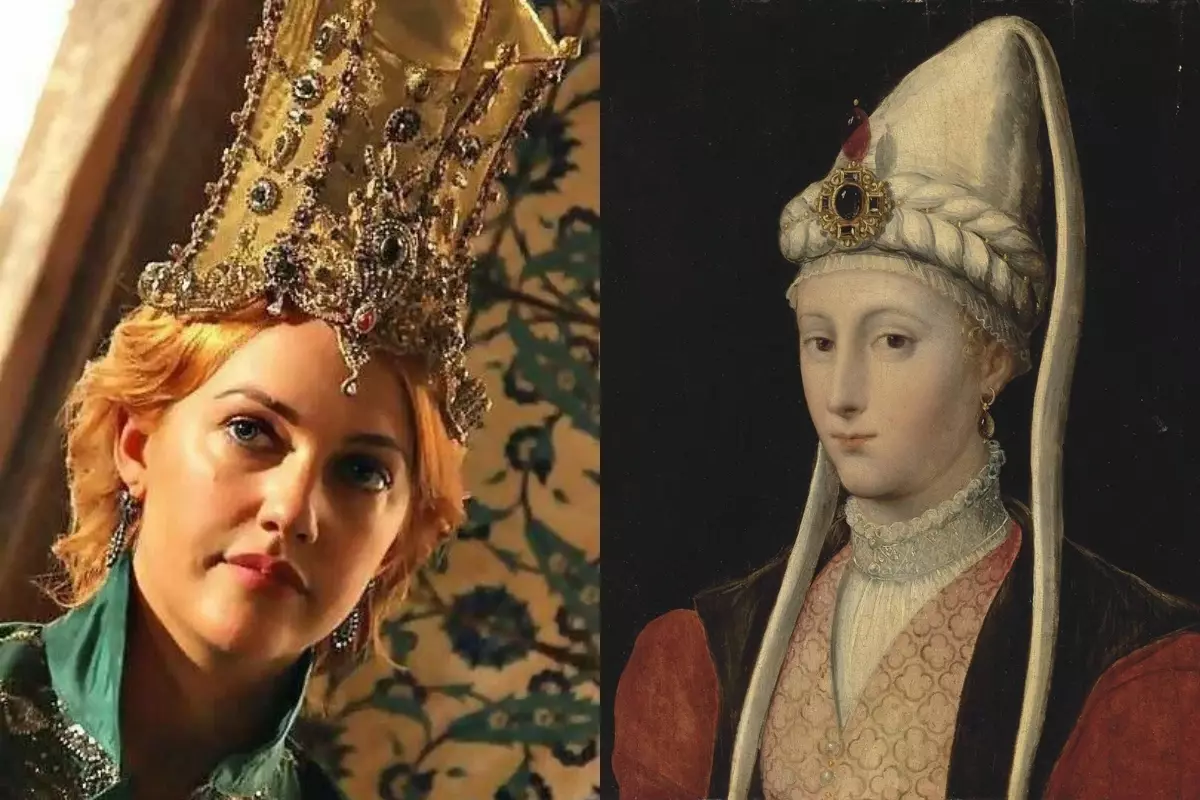
Its real name is still unknown. Some documents call it Alexander, others - rokcolan, sometimes appears the name of Anastasia. It is only known that she fell into Harem Sultan in 1520, after it was captured by the Crimean Tatars. At that time she was 15 or 16 years old.
Quickly oriented in the setting, she accepted Islam and became a favorite concubine of Sultan.
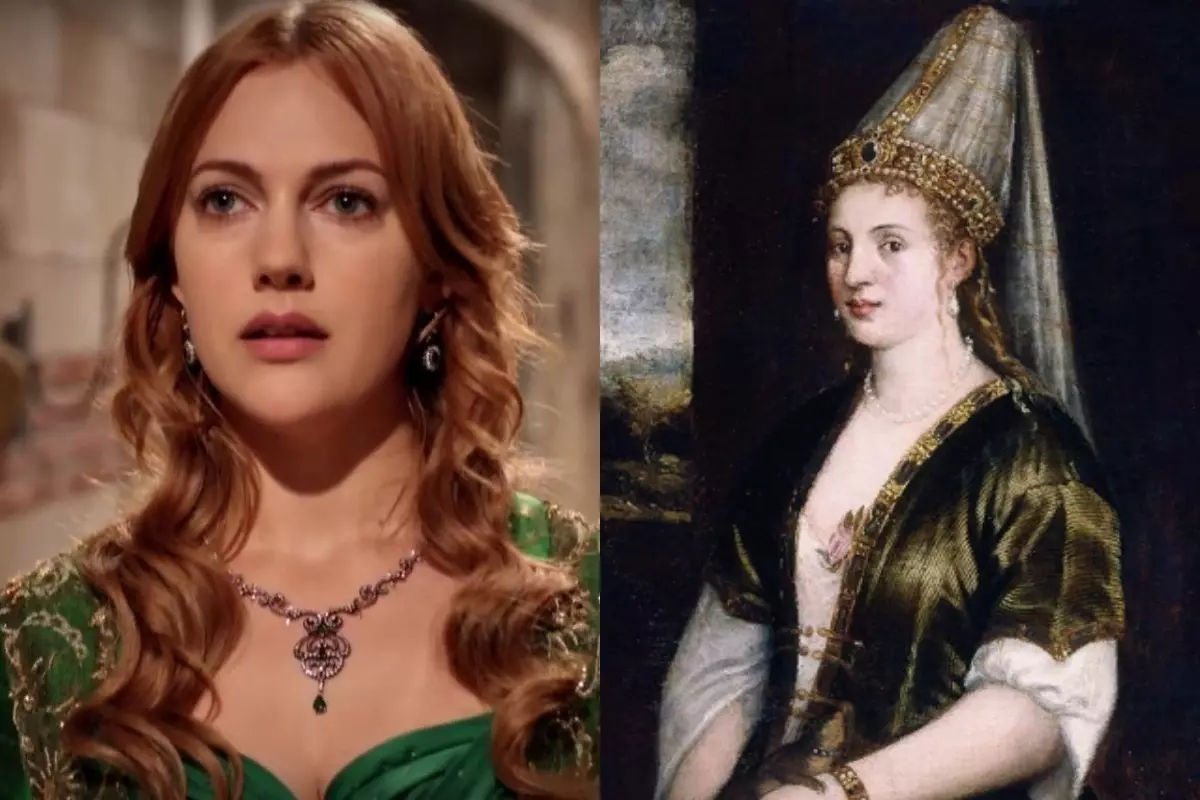
In the TV series, the role of Hurrem went to the beauty of Merini Uzerli, who had to repaint hair into the flame-red color for this role and gain a fair amount of extra kilograms. At the same time, the documents indicate that the real Tsyurrem was not at all a beauty, but possessed incredible charm and non-real mind, and he also read a lot and wrote beautiful poems, knew many languages.
However, sometimes scenario has to distort some historical facts for the sake of the success of the series, it happened with the outfits of beauties from Harem Sultan.
There were no such dresses at that time, and even more so there were no deep cuts and decals. Women wore harslers and bathrobes, and were also pretty refined, as they moved little and often trapes, ate a lot of sweets.
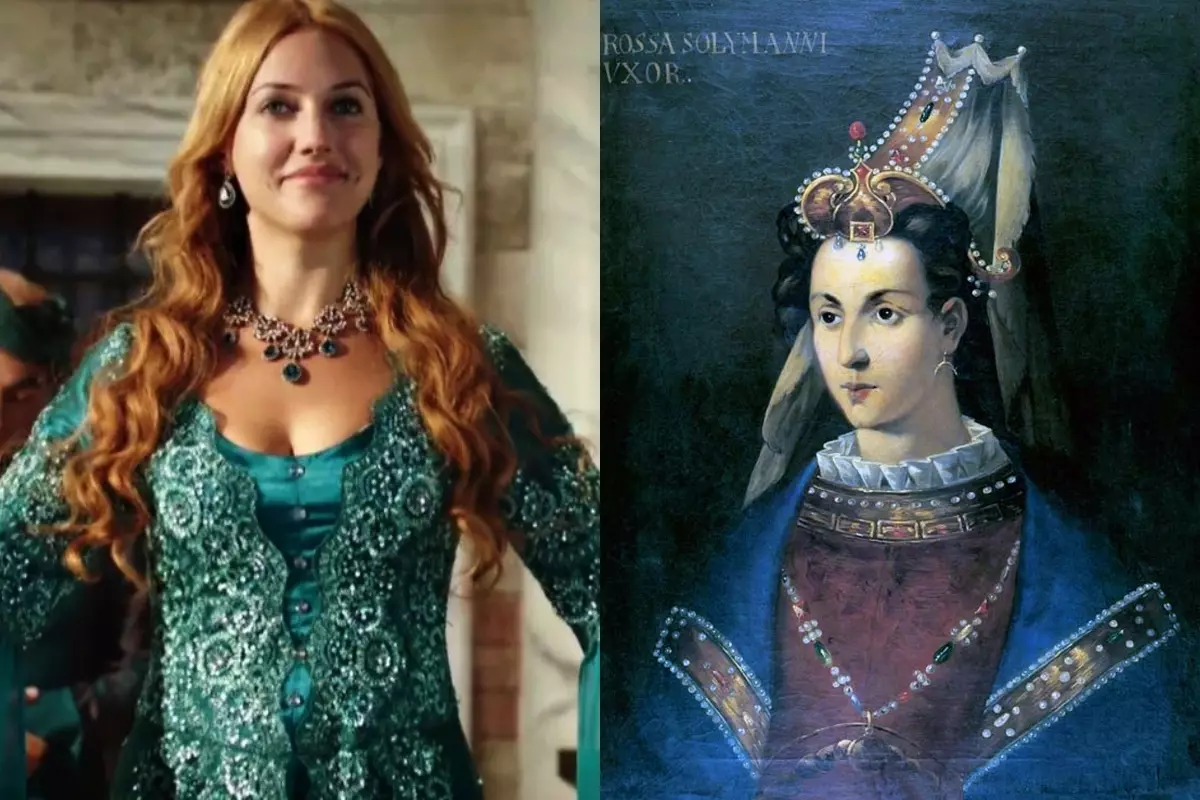
In the series, we see the Hurrem dazzling beauty and a cunning intrigue, ready for much to achieve their goals and with the irrepressible thirst for power. However, in real life, she did not have to build such a goats and deal with rivals. Her rivals did not have. Sultan adored his cheerrend, and after her appearance of other women, it simply did not exist.
Until her death, he loved her tenderly, devoted to her beautiful poems and was very strong when she died.
In addition, Suleiman trusted his wife participation in state affairs, as she had a sharp mind and was very educated and knowledgeable in political issues. Hurrem became the first woman in the Ottoman Empire, which had a huge power not only inside the harem, but also influenced the affairs of the state.
Sultan Suleyman
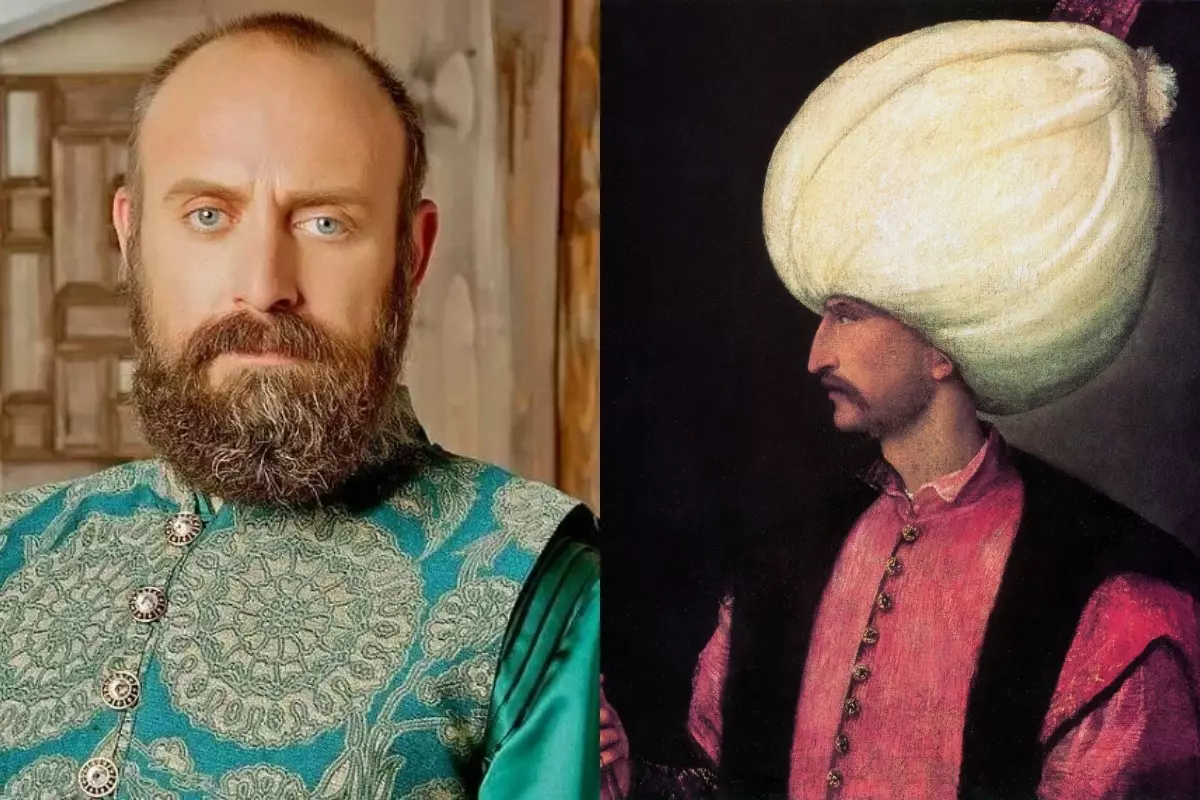
Khalida Ergent, who fulfilled the role of Sultan, did not have to radically change his appearance. He simply reflected the beard, which was even longer and curly than the real Suleyman.
However, this role has come to him beautifully, millions of viewers were admired by his game, majestic manners and a strict vast look of beautiful eyes.
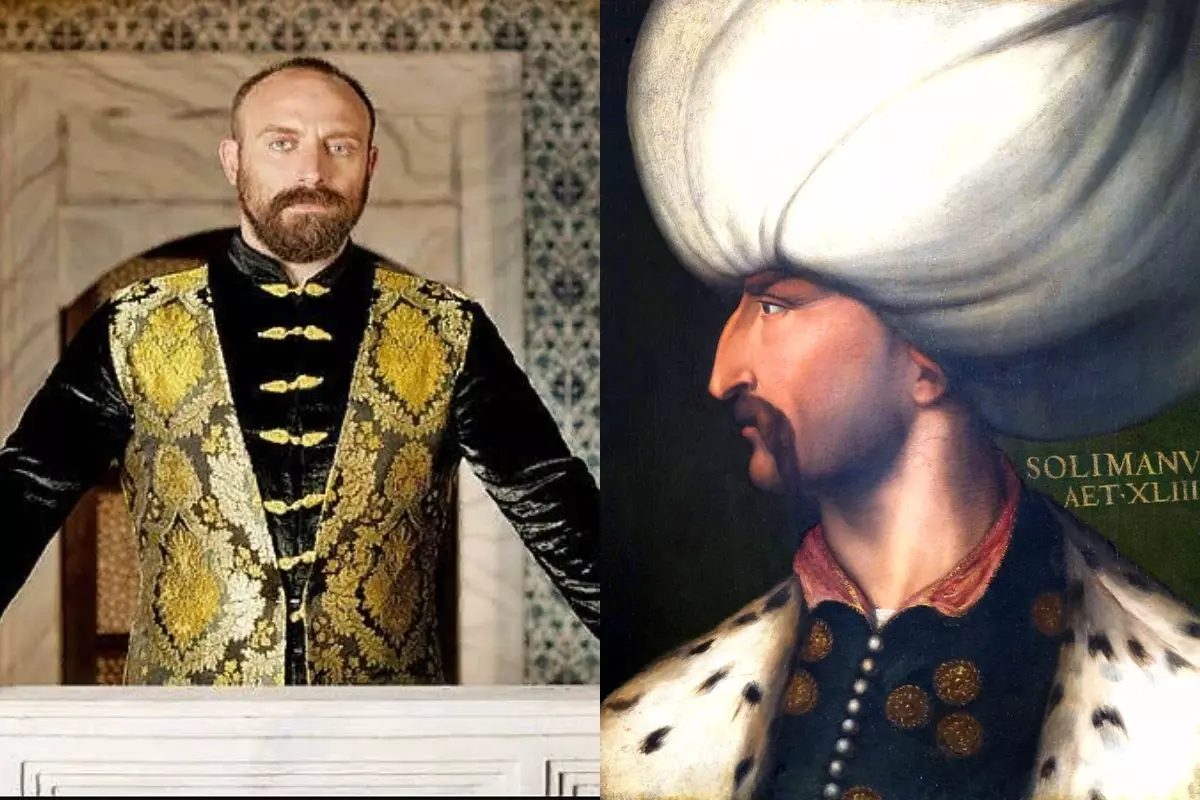
Sultan Suleiman magnificent became the tenth Sultan of the Great Ottoman Empire and the rules of 46 years. He was an excellent strategist, throughout his rule they were seized by huge territories and entire states. Despite its character of the conqueror, Suleiman, as shown in the series, was a creative person. He was a skillful jeweler, the poet, loved philosophy, peace and peace. Also, Sultan possessed an excellent taste in architecture, in the days of his reign, beautiful palaces, bridges and mosques were built. The real in the series is that Suleiman always fought with bribery and cruelly punished with subjects, and also sought to spread culture and education among the simple people.
